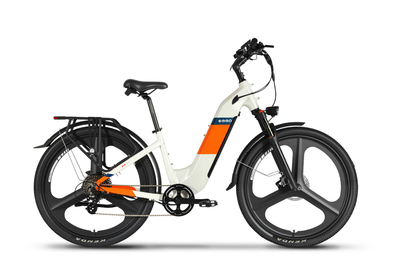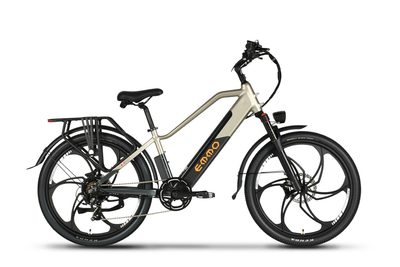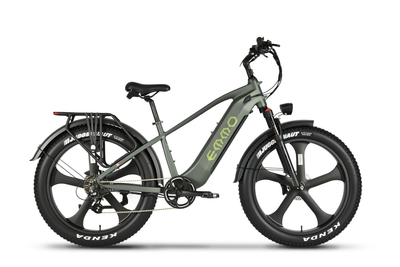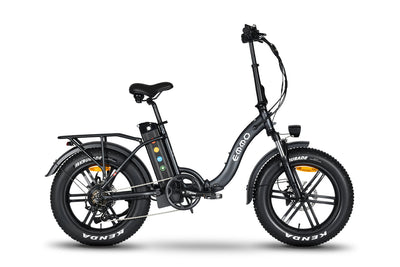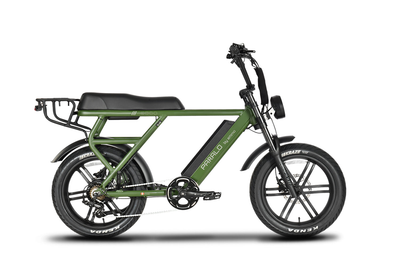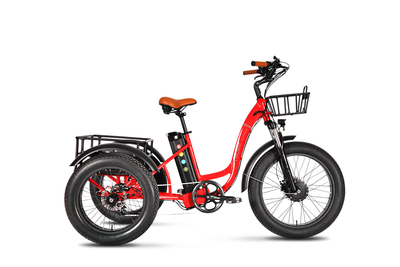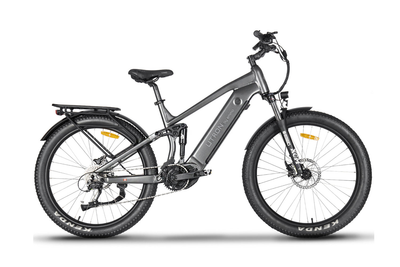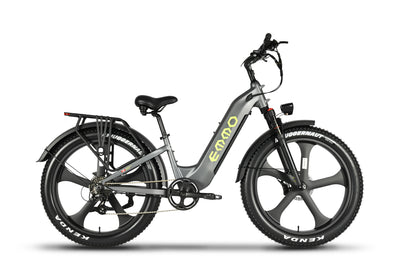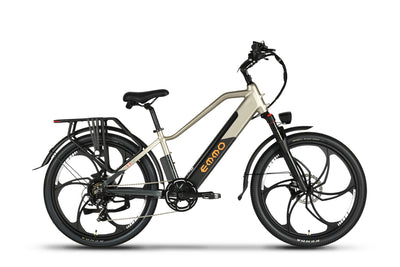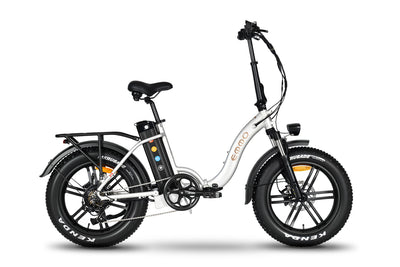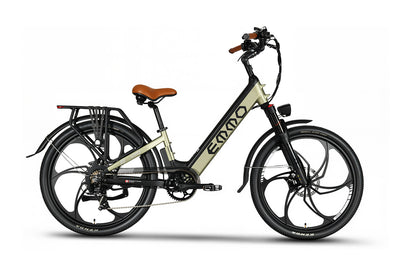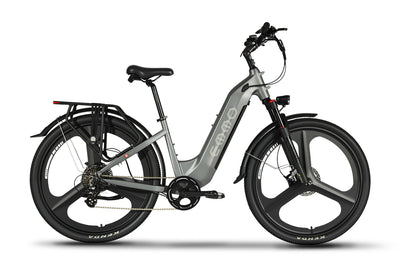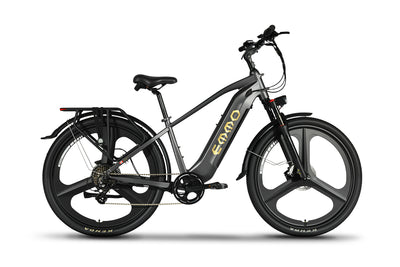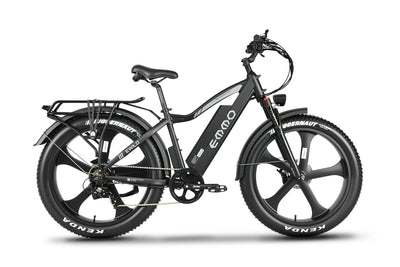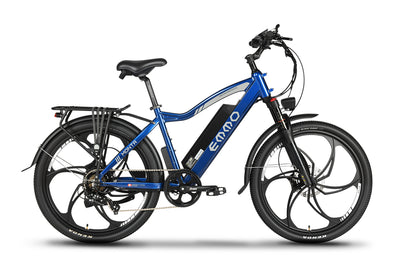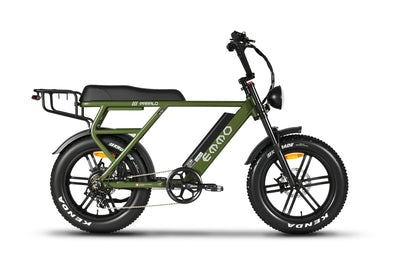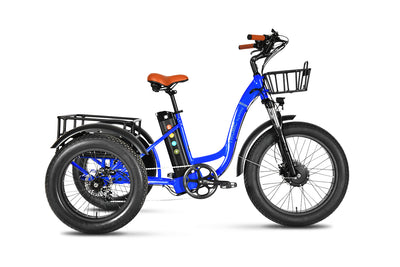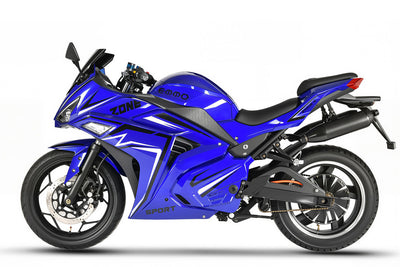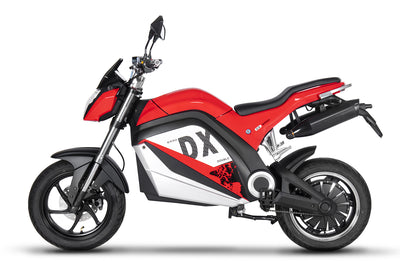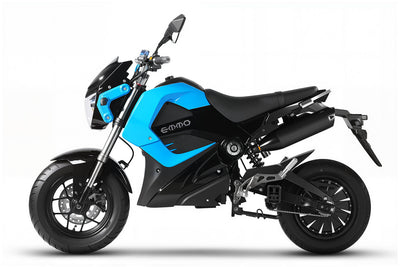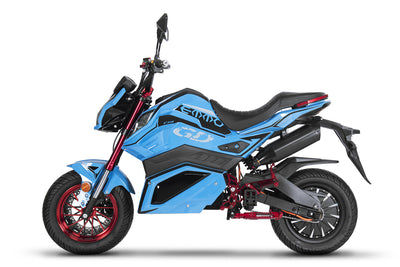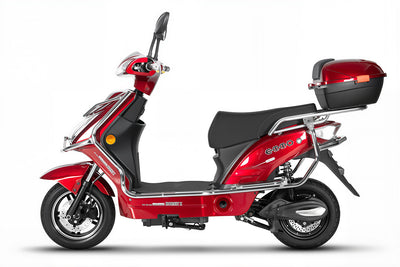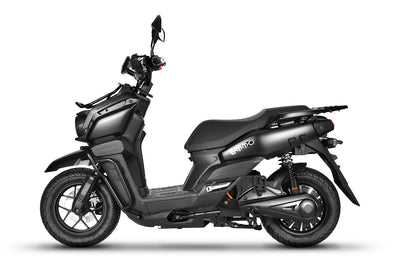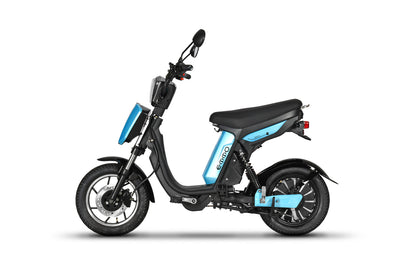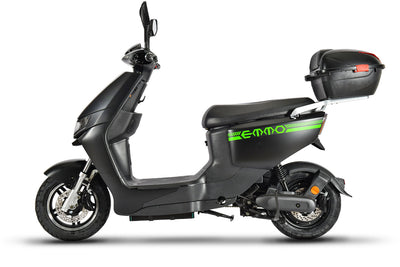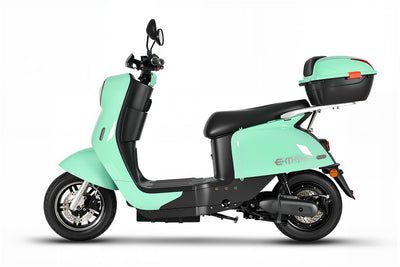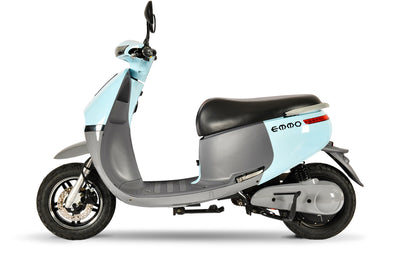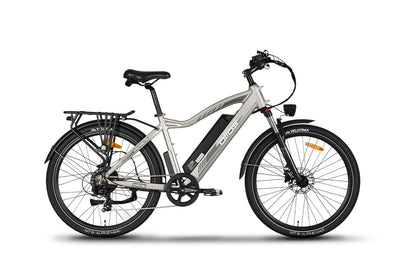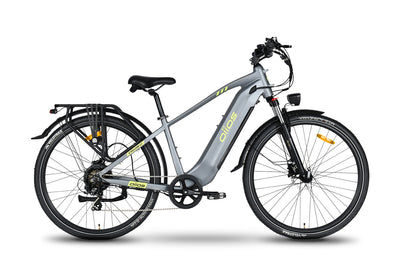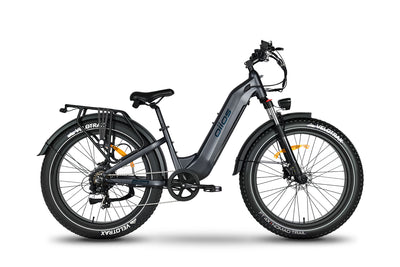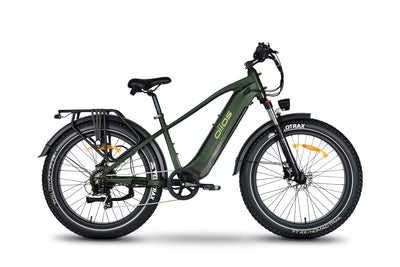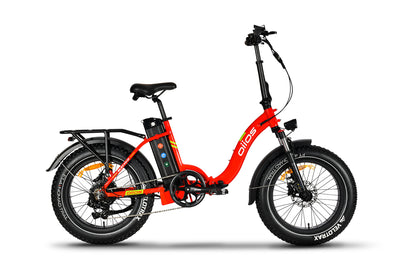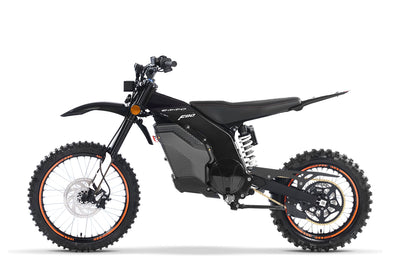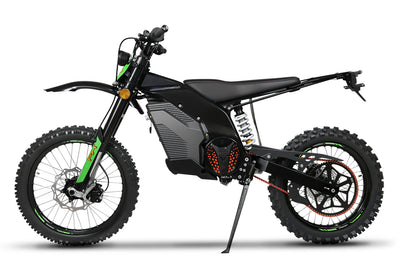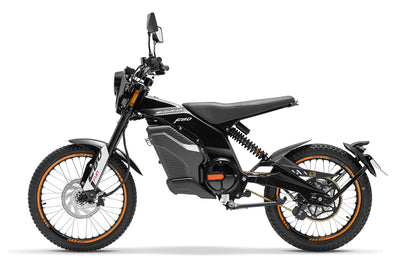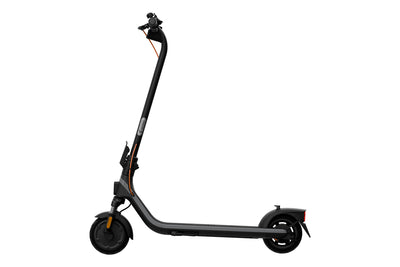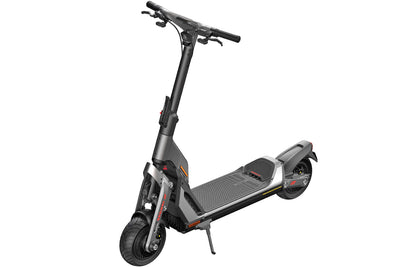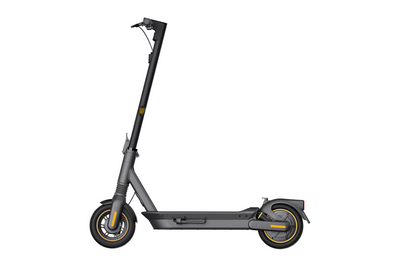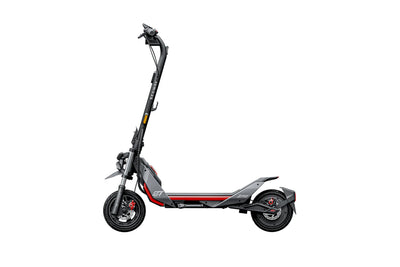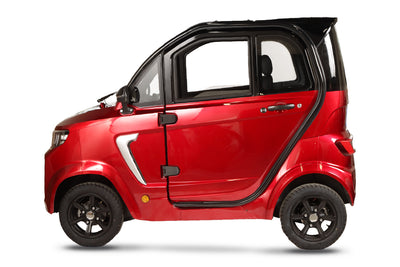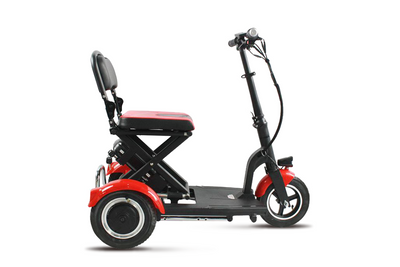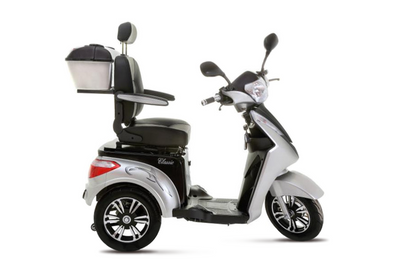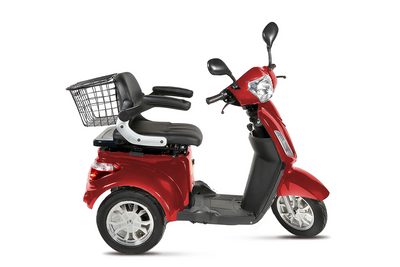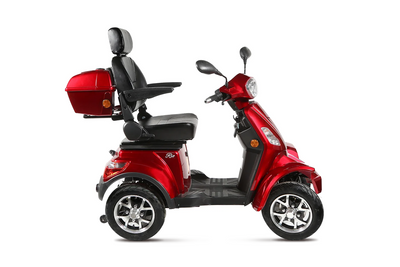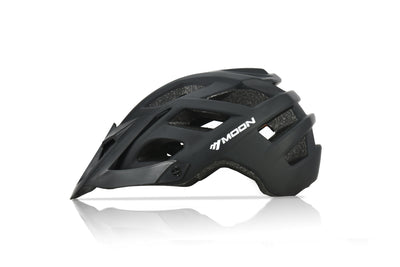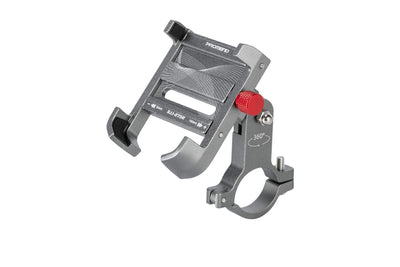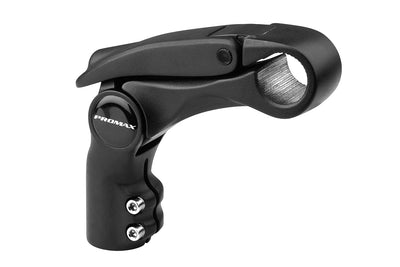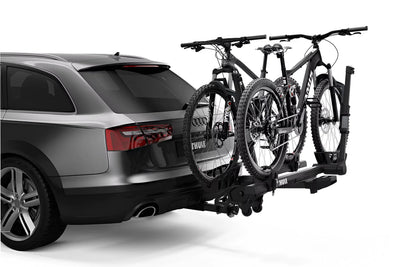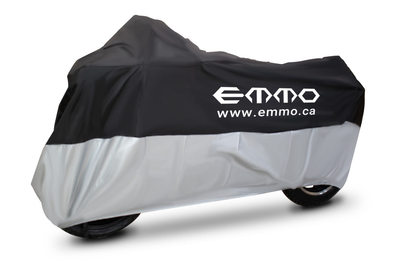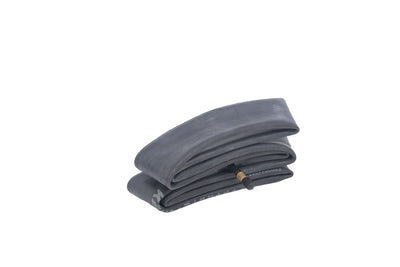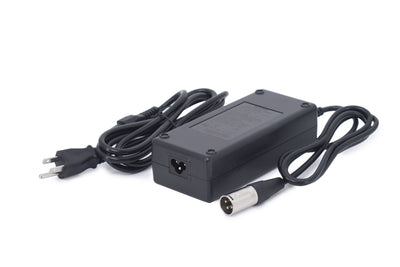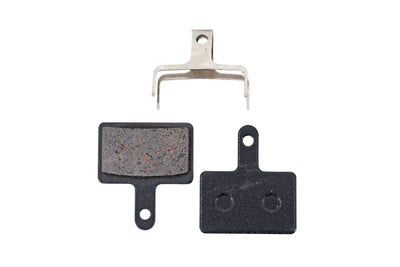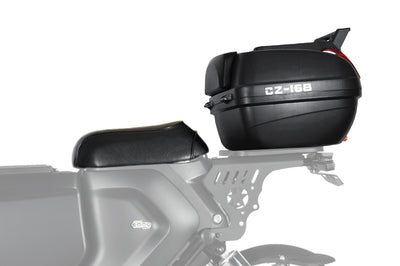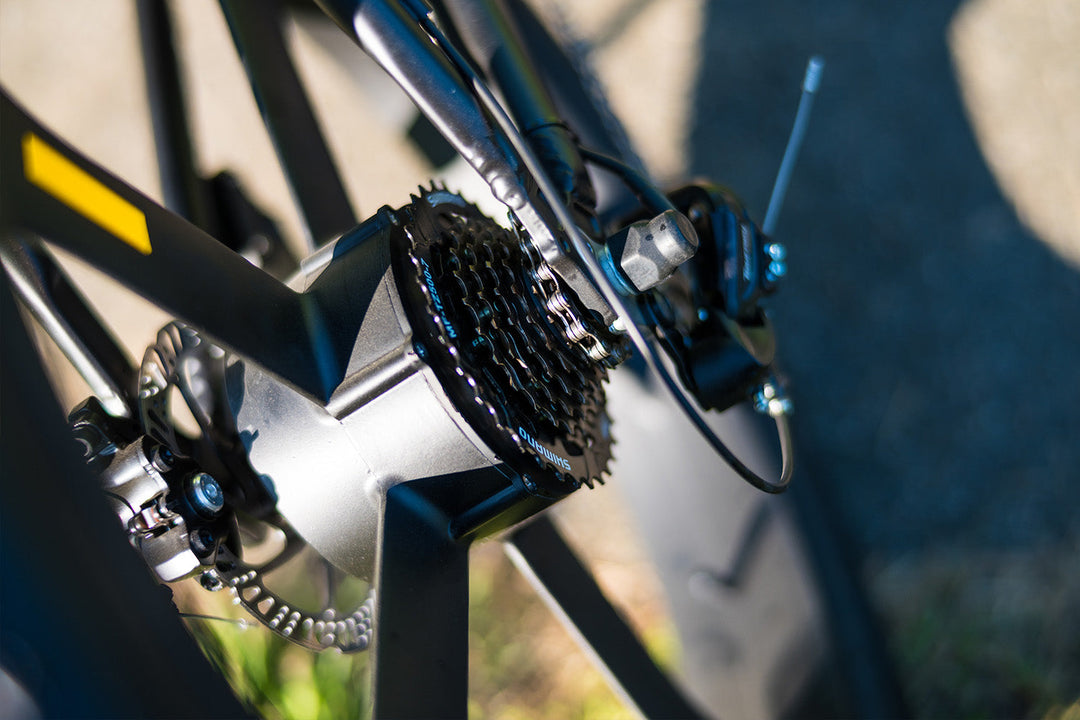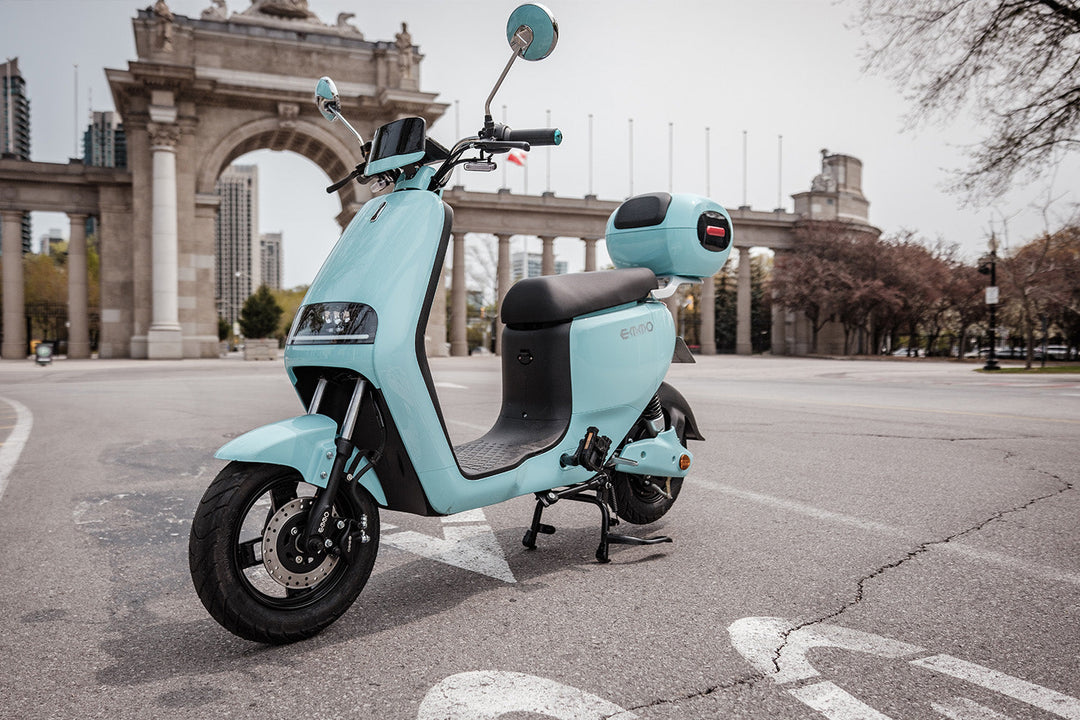Riding an eBike in Ontario: What You Need to Know

In Ontario, electric bicycles, or eBikes, have become a popular mode of transportation for those seeking an eco-friendly, efficient, and enjoyable way to travel. Whether you're commuting to work, exploring city streets, or enjoying scenic paths, understanding the legal requirements and where you can ride your eBike is essential. Here’s a comprehensive guide based on the Ontario government's regulations to help you navigate the roads and trails safely and legally.
About eBikes in Ontario
An eBike, or a power-assisted bicycle, combines the features of a conventional bicycle with the added boost of an electric motor. Here are the key characteristics that define an eBike in Ontario:
- Handlebars for steering
- Working pedals
- Two or three wheels
- An electric motor and braking systems
To ride an eBike in Ontario, you must adhere to the following requirements:
- Riders must be 16 years of age or older.
- An approved bicycle or motorcycle helmet must be worn at all times.
- The eBike must be kept in good working order.
- Riders must follow the same rules of the road as other cyclists.
Where Can You Ride?
eBikes are allowed on most roads and highways where conventional bicycles are permitted, with a few exceptions. Understanding where you can and cannot ride your eBike is crucial:
- Prohibited Areas: You cannot ride your eBike on certain provincial controlled access highways (e.g., the 400 series highways, Queen Elizabeth Way, Queensway in Ottawa, or the Kitchener-Waterloo Expressway), municipal roads or sidewalks where bicycles or eBikes are banned under municipal bylaws, and paths or lanes where eBikes are explicitly prohibited.
eBike Requirements
For your eBike to be street-legal in Ontario, it must meet specific criteria:
- Speed and Power: The eBike's motor must not exceed 500 watts, and the assisted speed must not go beyond 32 km/h.
- Weight: The eBike must have a maximum weight of 120 kg (including the bike and battery).
- Safety Features: It must have two independent braking systems capable of bringing the eBike to a full stop within 9 meters from a speed of 30 km/h, on a level asphalt surface. The battery and electric motor must be securely fastened to prevent movement while operating, and all electrical terminals need to be properly insulated.
Modifications and Legal Implications
Modifying your eBike to increase its power output or assisted speed beyond legal limits is not only unsafe but also illegal. Such modifications can transform your eBike into a motor vehicle, requiring a license, insurance, and registration to operate. Additionally, removing the pedals from your eBike categorizes it as a motor vehicle, subject to the same requirements.
Conclusion
Riding an eBike in Ontario offers a unique blend of freedom, efficiency, and fun. However, it's important to stay informed about the regulations to ensure a safe and legal riding experience. By adhering to the guidelines set forth by the Ontario government, you can enjoy all the benefits of eBiking while respecting the safety of all road users.
For more information on safe cycling practices and to stay updated on eBike regulations, visit the Ontario government’s official website or your local municipality's website. Ride safely, and enjoy the journey!
Canadian Craftsmanship, Global Standards
At Emmo, we pride ourselves on being a Canadian brand that stands at par with global standards. Our e-bikes are a reflection of our commitment to innovation, quality, and the environment. Each model is a symbol of our dedication to providing the best e-biking experience, crafted with the precision and care that Emmo Canada is known for.
In conclusion, if you're looking for an electric bike that combines performance, style, and sustainability, look no further than Emmo's range of Canadian-made e-bikes. We invite you to explore our collection and join us in this eco-friendly journey.
Visit us at EMMO E-BIKES to discover more.
